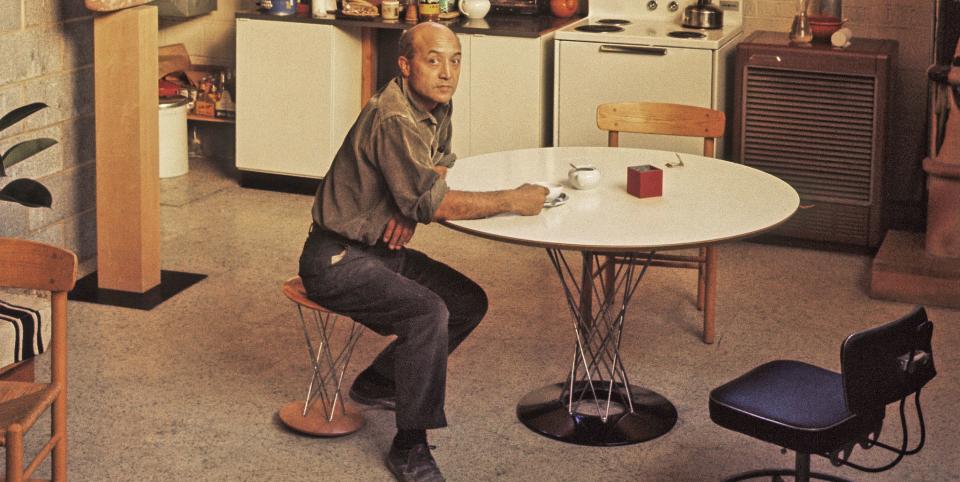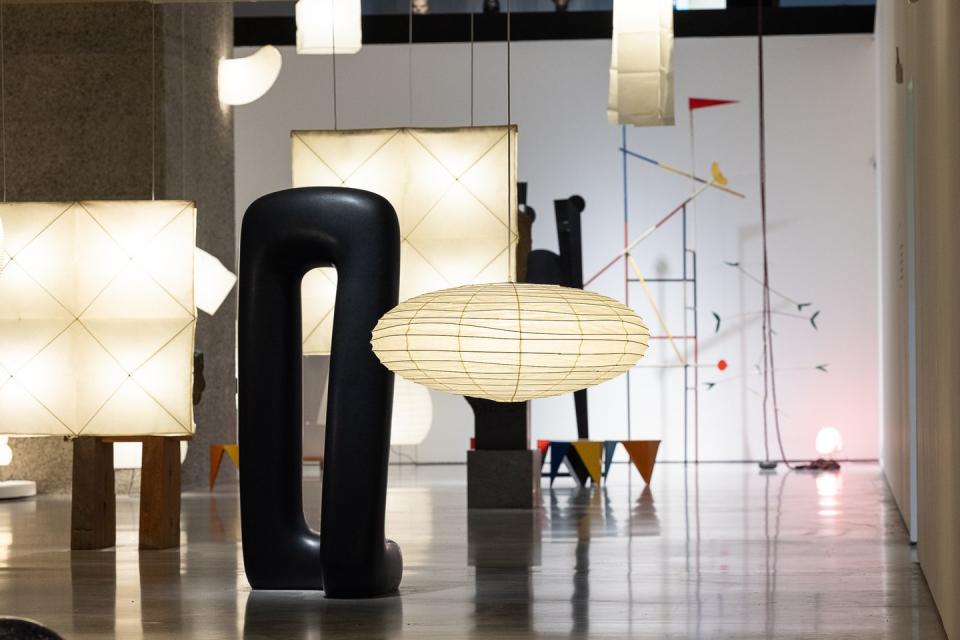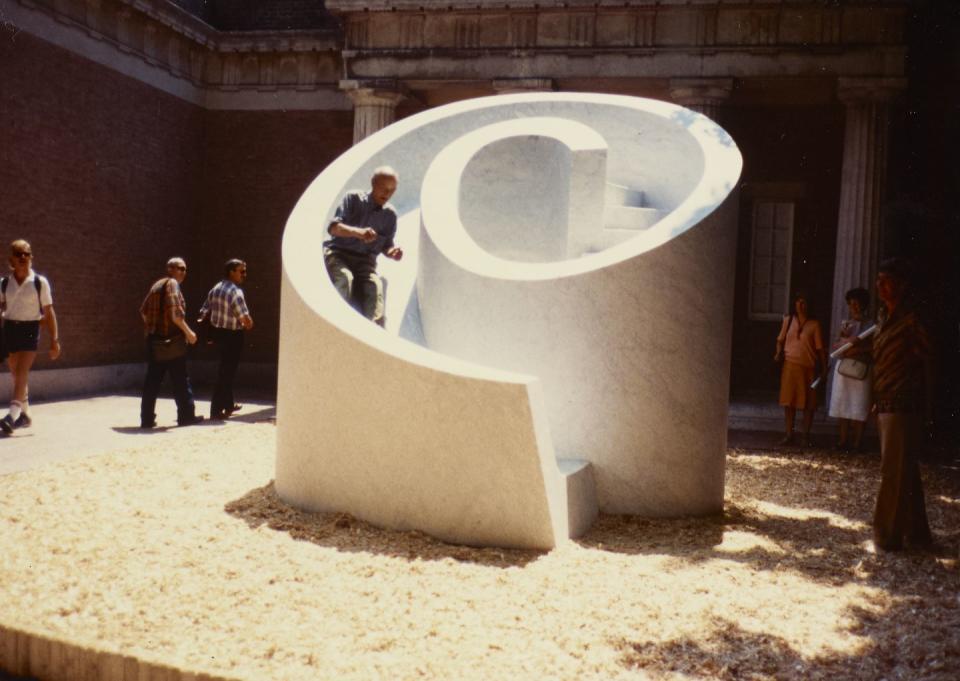The sculpture of Isamu Noguchi is in the spotlight for a new Barbican exhibition

Many visitors to the Barbican’s new retrospective of Japanese-American artist Isamu Noguchi will have a piece of his legacy hanging at home – but not all will have made the connection.
The bamboo and washi paper lamps he designed upon visiting Gifu, the heart of Japan’s lantern manufacturing, were the forebears of the now-ubiquitous orb. From 1951 until his death in 1988, he would go on to design over 100 of these ‘Akari’ – a Japanese word that connotes luminosity – from squat, animal-like forms to towering experiments, all with the exactitude of a sculptor. All that was required to start a home, he said, were ‘a room, a tatami and Akari’.

Within the exhibition, which is designed by architect Lucy Styles and spans six decades of Noguchi’s career, their weightlessness acts as a foil to pieces in stone, bronze, ceramic, wood, aluminium and galvanised steel.
There are over 150 works on show, from kinetic, almost Calder-like sculptures to glowing lampshades hung from the Barbican Art Gallery’s atrium. Highlighted too is Noguchi’s apprenticeship of peerless modernist sculptor Constantin Brâncuși in Paris, his friendship with architect and futurist R. Buckminster Fuller and themes of dual identity, cosmic symbolism and the atomic bomb, as well as a lifelong interest in playgrounds.

Theatre set designs, architectural models and furniture nod to a kaleidoscope career that integrated architecture, dance and design.
Noguchi considered all as ways of sculpting space, which could be a ‘vital force in our everyday life,’ capable of extraordinary resonance. ‘He saw sculpture as a means of creating harmony between humans, industry and nature, as a way to improve how we live, as invention, as play, as art,’ says Jane Alison, Barbican’s head of visual arts. As he famously put it, ‘everything is sculpture’. Until 9 January 2022, barbican.org.uk

 Yahoo Finance
Yahoo Finance 